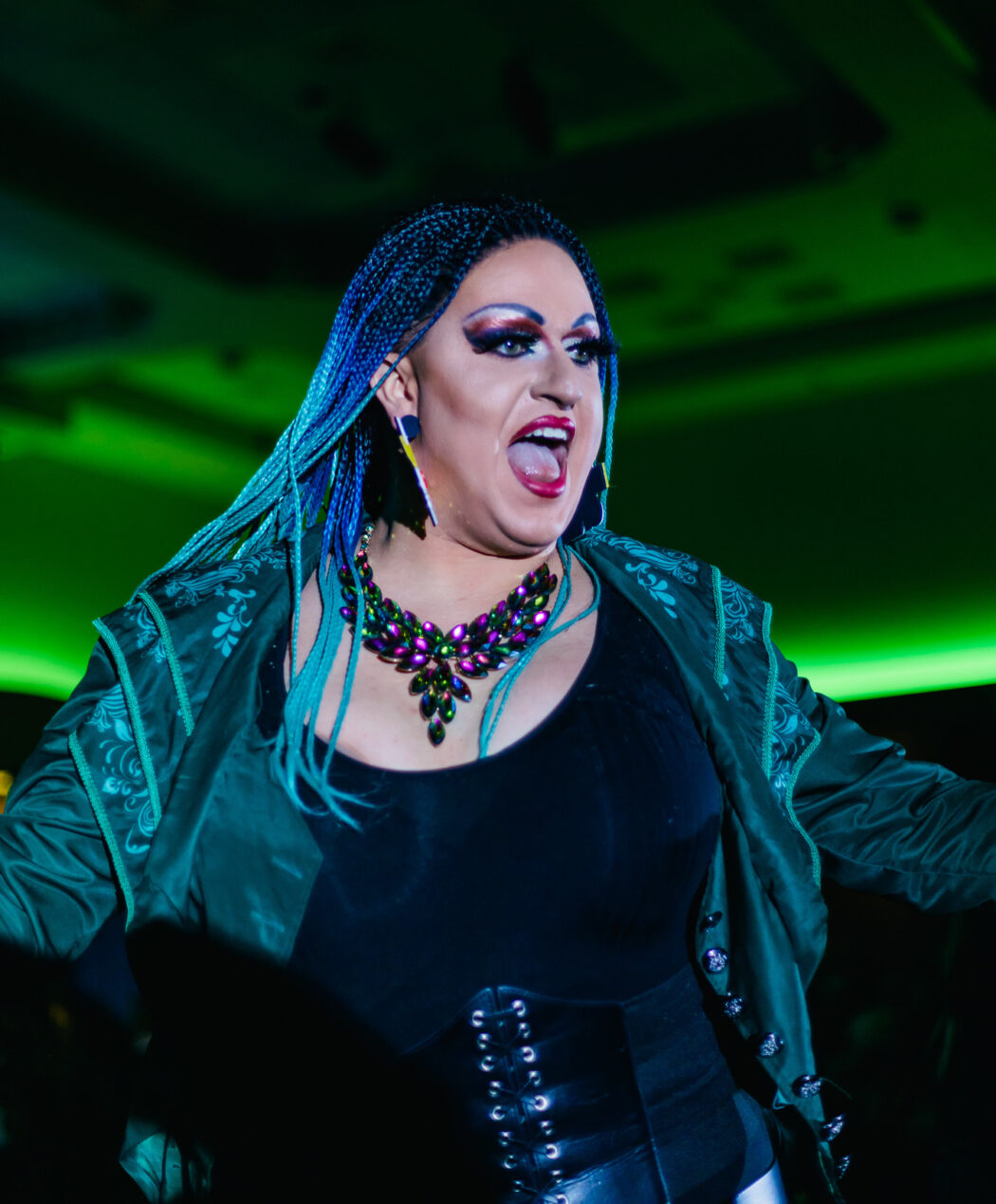Opinion: USU can do better to create space for their marginalized students
While Utah State University has plenty of space where the sagebrush grows, there is something we lack as an institution — diversity and inclusivity.
Since coming to USU, I have been able to work with some amazing people and gain a deeper understanding of the role that diverse students play at our university.
According to the Campus Pride Index, an online database that analyzes how universities rank regarding LGBTQ+ issues, USU only has a two-out-of-five-star rating. Additionally, we received that same score for LGBTQ+ student life.
As a student who identifies as a member of the LGBTQ+ community, I find this alarming, especially because Utah has the highest suicide rate among LGBTQ+ individuals.
I’ve personally heard my fair share of micro-aggressive commentary. It’s upsetting that this type of behavior is still present.
Erika Lindstrom, the gender and sexuality coordinator with the USU Inclusion Center, emphasized the importance of allyship.
“There’s a lot of microaggressions that are occurring in our community,” Lindstrom said. “Educating and advocating should be done when these homophobic and transphobic statements are made. We’re listening.”
One way that space is being created for LGBTQ+ students is through events like the USU Dragg Show. Residence Life and the Inclusion Center have partnered together for this event.
This event raises awareness for local LGBTQ+ resources, as well as fundraising for them.
USU also struggles when it comes to racial and ethnic diversity on campus. According to the USU 2019 Diversity Survey Data Report, only 8% of USU students identified as students of color.
As a white student, it isn’t my place to speak on behalf of these students. However, a number of non-white students have shared their experiences.
Emiliee Harmon, the USUSA Organizations and Campus Diversity Vice President, shared her personal experience as a Black student in a guest column she wrote for the The Utah Statesman in October.
“I spent three years in a certain college where I was met with many micro- and macro-aggressions from professors and students — for example, being asked, “No, where are you really from?” by a professor (that same professor also said slavery was “economically attractive”) as well as being talked over by my white male counterparts,” Harmon wrote.
Harmon also explained how her and USUSA are currently combatting this lack in diversity.
Earlier this year they passed Executive Council Bill 2022-01 which established a standing inclusion statement for the organization. This is a step in the right direction in creating a space for marginalized students.
Harmon also spearheaded Diversity Week in October, which included multiple other activities to educate our largely white student demographic on various cultures.
Allie Dina works with Latinos-in-Action at USU. She said she thinks USU can do better at promoting the nature of their diversity.
“USU does a good job promoting diversity, but they don’t address it accurately,” Dina said. “That’s not a bad thing, but it builds a false sense of comfort.”
Dina, being a non-white student, does not feel accurately represented at USU, but she thinks it’s possible for marginalized students to create space for themselves on campus.
“Marginalized students have spaces set aside for them, but have to search,” she said. “They aren’t as accessible. We need to make these spaces bigger.”
Dina has also experienced aggression related to her identity while on a USU campus, and she said she feels situations of this capacity aren’t properly handled and there is still plenty of room for growth.
Luis Rodriguez also shared his thoughts on how USU can create a better space for non-white students.
“Being a predominantly white institution, it comes down to students being comfortable in spaces where there are those from predominantly marginalized communities,” Rodriguez said. “White students do not feel comfortable in spaces that are not afforded to them. White students need to be uncomfortable.”
Rodriguez emphasized white conformity is still happening on campus and when marginalized voices are heard, one individual is often selected to speak on behalf of their community.
“They have one experience of the community, but they’re not representative of the whole,” he said. “Whether it’s positive or negative, that experience now gets amplified to represent what everyone is experiencing in that marginalized community.”
It’s also important to note that this isn’t new. Sothara Tieng, one of the founding members of Theta Nu Xi Multicultural Sorority at USU, recalls experiencing backlash when founding the sorority in 1999.
“A lot of people were mad when we started the sorority,” Tieng said. “They thought we were trying to steal pledges from other sororities.”
Tieng also emphasized the importance of diversity to USU and said it’s important to her as someone who isn’t white because she didn’t experience that type of diversity growing up.
The most common takeaway from the marginalized students I spoke to was that they don’t feel heard by USU. It’s important to make room for our diverse student population, ensure and promote their individual stories and make sure they are heard.
The majority of USU students are straight, white and cis-gender, and we can do better to educate on the immense diversity that is present at USU and create space for marginalized students.
Jared Adams is a sophomore at USU studying communications. Outside of news writing, Jared enjoys coffee, elephants, rainy days and Taylor Swift.
— Jared.Adams@usu.edu

